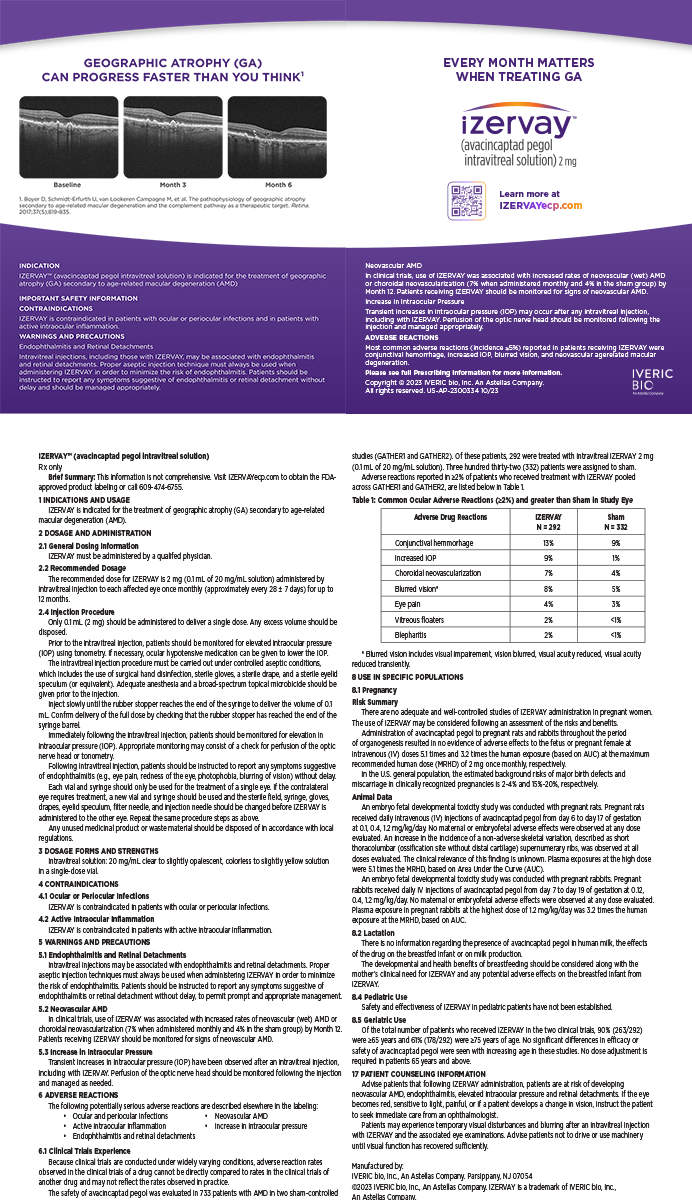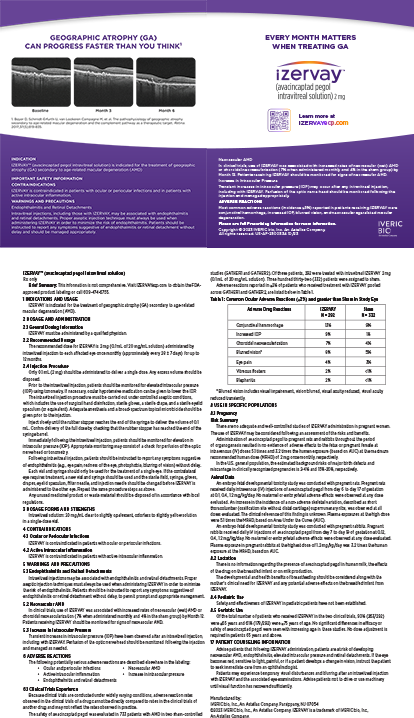Triamcinolone acetonide is used throughout medicine for its ability to control inflammation focally for long periods of time. In ophthalmology, this corticosteroid is primarily used as a suspension injection, which can be placed in the subconjunctival space, administered under Tenon layer, or placed into the eye in the anterior or posterior segment. Triamcinolone is particularly useful in challenging cataract cases because of its suspended-particle nature that allows it to stick to vitreous and enhances the surgeon's ability to visualize fluidic currents in the eye.
INFLAMMATION, VISUALIZATION
Ophthalmologists have used triamcinolone for many years to quell inflammation in the eye. This powerful, long-acting steroid can be injected into the vitreous cavity to treat macular edema and posterior segment inflammatory conditions. Upon contact, triamcinolone particles adhere to the outside of the vitreous. This makes it easier for surgeons to visualize the vitreous in cases where it is to be prolapsed into the anterior chamber, such as with extensive zonular trauma, lens dislocation, or a violated posterior capsule (Figure 1). Importantly, triamcinolone will only stain the outer, exposed area of the vitreous. During a partial vitrectomy, triamcinolone should therefore be intermittently re-injected for further staining.
Because triamcinolone particles are easy to see, surgeons can use them as markers to visualize aqueous flow within the anterior chamber. This technique is useful for checking the patency of incisions, because any trickle of fluid from the incision would be visible, as the triamcinolone particles move within the anterior chamber and flow outside the eye. In cases involving glaucoma surgery, ophthalmologists can inject triamcinolone to confirm aqueous outflow and the proper function of a drainage device, if used (Figure 2).
DOSING AND AVAILABILITY
In addition to aiding the visualization of aqueous and vitreous, triamcinolone helps to reduce inflammation in complicated cases when surgical times are longer and there is more extensive tissue manipulation (Figure 3). Typical doses of the drug range from 2 to 4 mg, which is 0.05 to 0.10 mL at a concentration of 40 mg/mL. After injecting a small aliquot of triamcinolone, the surgeon should instill balanced salt solution into the anterior chamber to dissipate the drug particles and ensure even distribution and staining.
Preservative-free triamcinolone is available commercially as well as from compounding pharmacies. Some surgeons have advocated using a microfilter to wash, separate, and re-suspend the triamcinolone particles from preserved formulation. Another simple technique is to carefully aspirate and discard the fluid from an unshaken bottle of triamcinolone, leaving the drug particles on the bottom of the vial, and then to re-suspend the medication with balanced salt solution to dilute the preservative by a factor of 10 or more.
Like any drug, triamcinolone has potential side effects, including steroid-induced glaucoma and a potentially increased susceptibility of the eye to infection. In the postoperative period, excessive triamcinolone may be seen embedded in iris stromal tissue or even settled in the inferior angle of the anterior chamber, where unaware personnel could mistake it for a hypopyon. Patients’ IOP should be monitored at the postoperative examinations and antihypertensive drops initiated for pressure spikes.
CONCLUSION
Triamcinolone is among the most useful adjunctive medications for complex cataract surgery and anterior segment procedures. It allows ophthalmologists to directly visualize vitreous and aqueous as well as to control postoperative inflammation.
Uday Devgan, MD, is in private practice at Devgan Eye Surgery, and he is chief of ophthalmology at Olive View UCLA Medical Center. Dr. Devgan may be reached at (800) 337-1969, devgan@gmail.com.


